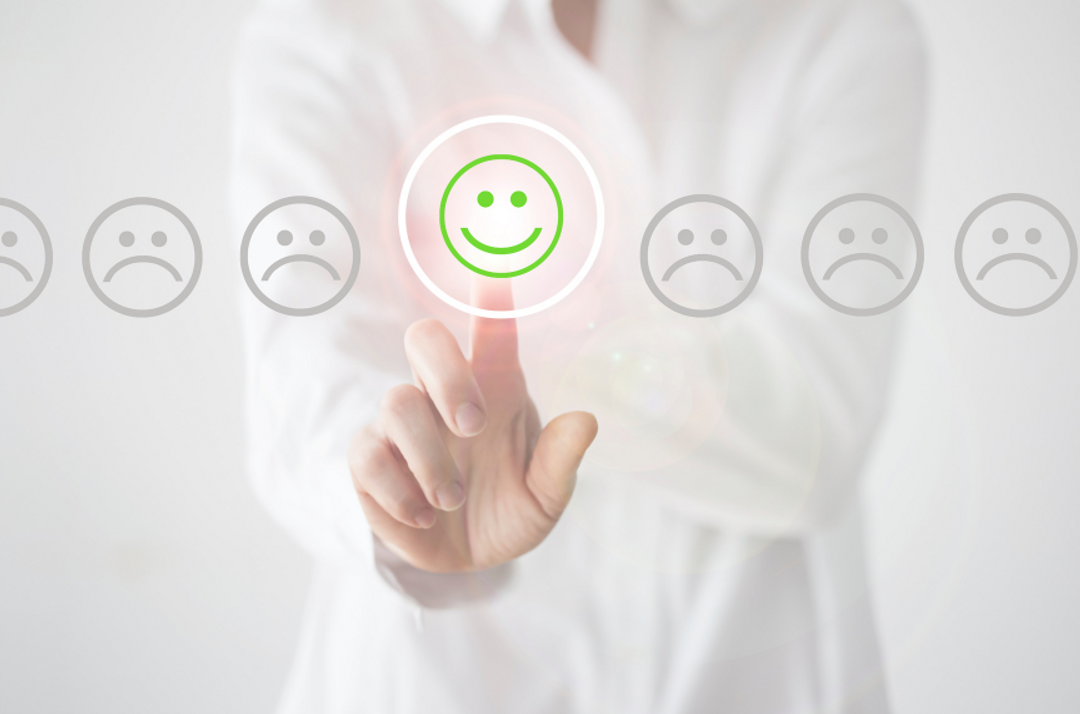Changes in glycans point to chronic inflammation as a possible long-term underlying cause of low back pain and fatigue, even if there is no injury to the tissue.
Pain – an indicator of wellbeing
Pain is an unpleasant feeling that your body uses to signal something's wrong. We feel pain after an injury, illness, or when we go through emotionally demanding situations like divorce, a change of job, or the death of a loved one.
Even our thoughts can provoke stress that causes body muscles to tighten. Relaxation comes after the stressful situation is over, but if we are constantly stressed, our muscles may not have the chance to relax. Over time, this can become a vicious cycle where tight muscles cause chronic headaches and back and shoulder pain which can no longer be resolved without pain medication.
Why do we have back pain?
Back pain is usually associated with a trauma, direct injury of the muscles or disk degradation in the spine, often caused by a sedentary way of life. Likewise, too much physical activity in the form of repetitive motions like lifting can also cause pain because they put a tremendous burden on one group of muscles or tendons.
However, if you cannot think of any mechanical reason causing you back pain, then you are most likely one of approximately 85% of people with chronic back pain having what is known as "primary pain", meaning that tests cannot identify a clear bodily source, such as tissue damage, as a cause of your back pain. Moreover, scientists showed that back pain originates in early childhood.
If there is no injury, there should be no pain, right? - Wrong!
Our thoughts have the power to initiate not only conscious but also unconscious actions of our body. Emotional or mental distress may often be why you are experiencing back pain without even knowing it. Stress is nothing but a body's reaction to unpleasant situations or thoughts. In fact, stress is the most probable cause of fatigue, headache, chest pain, insomnia, gastrointestinal problems and low sex drive.
Although you may not realize it, when you feel stressed or anxious, your body has chemical and physical reactions that try to protect you from harm. Hormones like cortisol and adrenaline are released, and there is typically an unwilling tightening of your muscles. It often occurs in the neck, shoulders, and down the spine, which may feel like you are holding a mountain on your shoulders. This prolonged tension can lead to dull pain in the lower part of your back.
Glycans "sense" pain
Investigating mechanisms and glycan biomarkers of chronic low back pain, a group of scientists from King's College London, UK, and the Faculty of Pharmacy and Biochemistry in Zagreb, Croatia, made a comprehensive analysis and discovered changes in glycans on immunoglobulin G (IgG) antibodies that are consistent with chronic inflammation. Chronic inflammation is associated with many diseases, and chronic back pain seems to be an early warning sign of bad events in our body. The most exciting part is that glycans can sense it!
So, is there a way to reduce the pain?
Body exercise to ease back pain
Exercise may be the best way to relieve back pain. When you are in pain, trying to avoid too much movement is understandable. After all, it hurts! However, keeping the body active is one of the best ways to prevent and deal with back pain.
Let's take cats, for example. Cats are one of the most flexible animals. The internet is full of videos of cats defying physics as they slide under the closed door. Their gymnastic figures and inexplicable power to crawl even through the tinniest gaps without developing back pain should make us think about what they are doing right and what we are doing wrong. If we think of cat life, we notice they sleep and relax most of their time. Whenever they get a chance, they stretch. Stretching increases the blood flow to the brain and throughout the body and readies the muscles for activity. Cats do it over and over again almost 100 times a day! We are obviously not cats, but what can we learn from them? Here are some tips to keep you active.
We can relieve back pain with mild exercise and activities like walking, stretching, or swimming, strengthening the torso and deep abdominal muscles around the spine, which improves the stability and balance of the entire body posture. It is worth pursuing even if feeling discomfort at first, as movement helps stiffness, keeps muscles strong, and helps with the healing process. Rediscover the pleasure of movement, and do not let your back pain stop you.

Mental exercise helps with the chronic back pain
Some research shows that many episodes of back pain could have been avoided just by practising happy thoughts. Our mindset forms in the brain, but it affects more than just our mood.
Somewhere along the way, our brain changed the perception of daily situations from typical life challenges to hard-to-be-solved problems generating uncertainty and fear for the future. One way of dealing with such a negative mindset is by practising mental hygiene - releasing bad thoughts buried deep in unconscious parts of our mind and making room for positive thinking.
Even our overemphasized care for others can cause stress. Implications of gender differences in empathy show that women are more susceptible to mental conditions and pain than men. So many of us might, in fact, need talk therapy with a cognitive-behavioural psychologist – a specialist for pain reprocessing. Pain reprocessing therapy uses new ways of managing pain through relaxation techniques and coping strategies that will teach our brain a new way of looking at the current situation - with the glass being half full instead of half empty.
Laughter is the best medicine!
Hanging out with friends and spending time with family can help with the pain. Nothing works better than the good old sincere laughter and humour for the body to release happy hormones like dopamine, oxytocin, serotonin and endorphins – the natural feel-good chemicals for reducing stress and tension. And, if you are more of an outdoors type, the benefit of socializing is gonna restore your good night sleep and bright mood and diminish chronic low back pain.

Healing power of touch
Whether it's a hug, a handshake, or a simple tap on the shoulder, touch has always been an essential part of human interaction. However, recent research shows that touch has a more meaningful role than just part of the communication chain – it is essential for our health. What can better describe the need for touch than skin-to-skin contact between a mother and her newborn? The calming and relaxing effect of touch has a healing effect.
To eliminate the stress, alleviate the stiffness of the muscles, and relieve muscle pain – go for a massage! Therapeutic massage manipulates the deep inner layers of muscles and connective tissues by hand pressure which increases circulation, oxygen supply and metabolism of the painful area bringing pain relief.
The road to chronic pain management
There's more to chronic back pain than meets the eye. Though it might seem like a simple physical problem at first, often, there are multiple layers of issues that resonate with our lifestyle. In fact, chronic back pain might be an early warning sign of chronic inflammation that will accumulate over time and might trigger severe health issues if left unchecked. So, if apparent reasons like injury and repeated movements have been excluded in your case, try to start your journey to a chronic pain-free life by combining both body and mental exercise.
References:
-
Freidin, M., Keser, T., Gudelj, I. et al. The Association Between Low Back Pain and Composition of IgG Glycome. Sci Rep 6, 26815 (2016). – main paper
-
Lim JA, Choi SH, Lee WJ, Jang JH, Moon JY, Kim YC, Kang DH. Cognitive-behavioural therapy for patients with chronic pain: Implications of gender differences in empathy. Medicine (Baltimore). 2018 Jun;97(23):e10867.
-
Ashar YK, Gordon A, Schubiner H, et al. Effect of Pain Reprocessing Therapy vs Placebo and Usual Care for Patients With Chronic Back Pain: A Randomized Clinical Trial. JAMA Psychiatry. Published online September 29, 2021.



